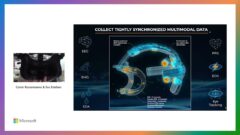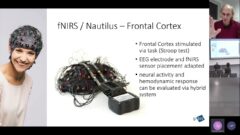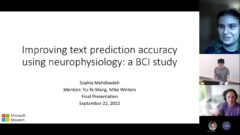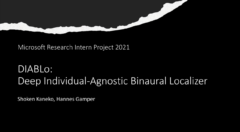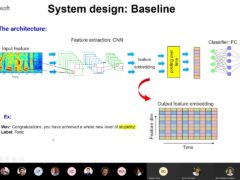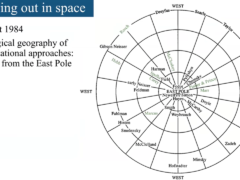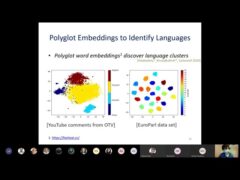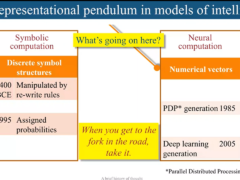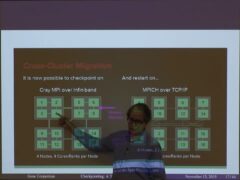Improving text prediction accuracy using neurophysiology
We frequently encounter text prediction algorithms in many of the digital technologies and interfaces that we use day-to-day. However, the degree to which we choose to interact with these algorithms is often limited due to repeated errors or misinterpretations of our intended message. While these systems are initially trained on a set of linguistics data, they are typically not closed-loop systems; that is, they are not capable of registering errors and improving in real time. This project seeks to explore if neurophysiological signals could be used in a closed-loop, assistive, brain-computer interface (BCI) to improve predictive text accuracy. We conducted a study where we recorded electroencephalogram (EEG) and eye tracking (ET) data from participants while they completed a self-paced typing task in a simulated predictive text environment. Participants completed the task with different degrees of reliance on the predictive text system (completely dependent, completely independent, or their choice) and encountered both correct and incorrect text generations. Data suggest that erroneous text generations may evoke neurophysiological responses that can be measured with both EEG and pupillometry. Moreover, these responses appear to change according to users’ reliance on the predictive text system. Results show promise for use in a closed-loop, assistive BCI.
- Séries:
- Microsoft Research Talks
- Date:
- Haut-parleurs:
- Sophia Mehdizadeh
Taille: Microsoft Research Talks
-
Decoding the Human Brain – A Neurosurgeon’s Experience
Speakers:- Pascal Zinn,
- Ivan Tashev
-
-
-
-
Galea: The Bridge Between Mixed Reality and Neurotechnology
Speakers:- Eva Esteban,
- Conor Russomanno
-
Current and Future Application of BCIs
Speakers:- Christoph Guger
-
Challenges in Evolving a Successful Database Product (SQL Server) to a Cloud Service (SQL Azure)
Speakers:- Hanuma Kodavalla,
- Phil Bernstein
-
Improving text prediction accuracy using neurophysiology
Speakers:- Sophia Mehdizadeh
-
-
DIABLo: a Deep Individual-Agnostic Binaural Localizer
Speakers:- Shoken Kaneko
-
-
Recent Efforts Towards Efficient And Scalable Neural Waveform Coding
Speakers:- Kai Zhen
-
-
Audio-based Toxic Language Detection
Speakers:- Midia Yousefi
-
-
From SqueezeNet to SqueezeBERT: Developing Efficient Deep Neural Networks
Speakers:- Sujeeth Bharadwaj
-
Hope Speech and Help Speech: Surfacing Positivity Amidst Hate
Speakers:- Monojit Choudhury
-
-
-
-
-
'F' to 'A' on the N.Y. Regents Science Exams: An Overview of the Aristo Project
Speakers:- Peter Clark
-
Checkpointing the Un-checkpointable: the Split-Process Approach for MPI and Formal Verification
Speakers:- Gene Cooperman
-
Learning Structured Models for Safe Robot Control
Speakers:- Ashish Kapoor
-





